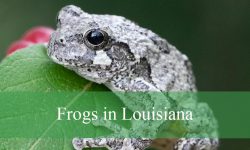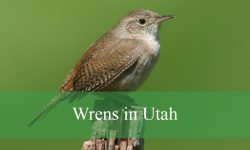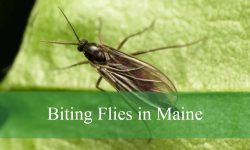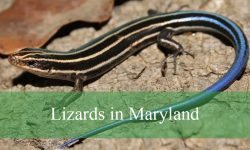Bathroom bugs, though often overlooked, can be a nuisance and a potential health hazard in our daily lives. From tiny mites to larger arachnids like spiders and scorpions, these pests find their way into bathrooms seeking shelter, moisture, and sometimes even prey. Understanding the types of bathroom bugs and implementing effective prevention and elimination methods is crucial for maintaining a clean and hygienic living space.
Different Types of Bathroom Bugs
Crickets
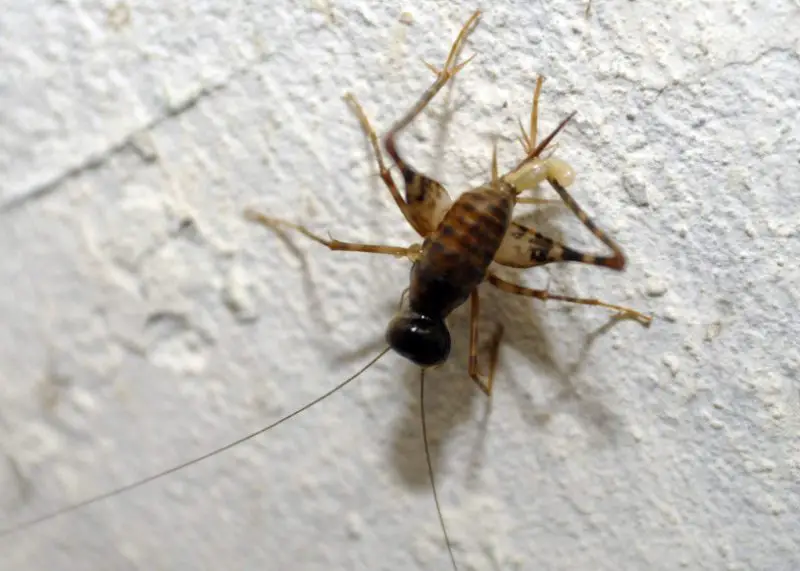
Crickets, common in summer, sport light yellow-brown bodies with dark markings. With a size of up to 22mm, they easily enter homes seeking warmth as temperatures drop. Nocturnal, they’re drawn to light, posing no direct harm to humans but damaging fabrics. Prevent entry by sealing gaps and minimizing unnecessary lighting, as crickets are mainly a summer issue.
Termites

Termites, particularly dampwood species, are common in bathrooms, attracted by high humidity. While drywood termites are less inclined towards bathrooms, dampwood termites thrive in such environments. Preventing water leaks and removing damp wood sources is crucial for control. Eradication involves stopping the humidity source, replacing affected wood, and removing other damp wood sources around the house, such as stored firewood.
Gnats
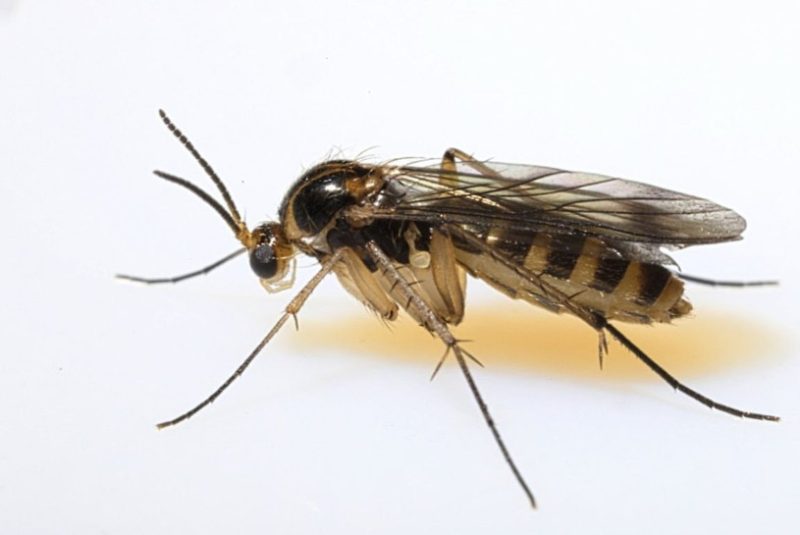
Gnats, measuring up to 1.8 inches, occasionally find their way into bathrooms, often attracted by food sources or dirty drain lines. They may lay eggs in warm, humid environments. To deter them, remove rotting food, clean drains, and promptly dispose of ripe fruit to prevent outdoor attraction and subsequent indoor infestation.
Drain Flies
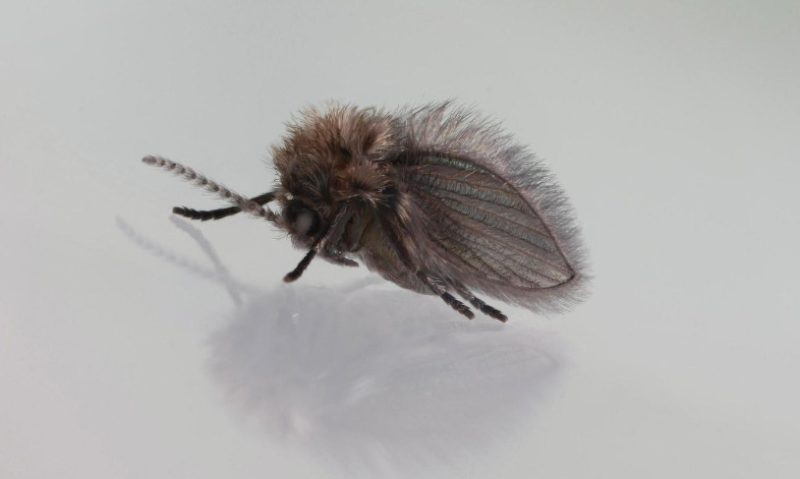
Drain flies, common in bathrooms, breed in high-humidity areas like sinks and drains. They thrive in summer and lay eggs in shower and bathtub drains, as well as septic tanks. To combat them, maintain clean drains to prevent organic buildup. Chemicals and natural solutions like vinegar and baking soda effectively eradicate them. Additionally, eliminating standing water, even in hidden areas like under bathtubs, is crucial.
Fruit Flies
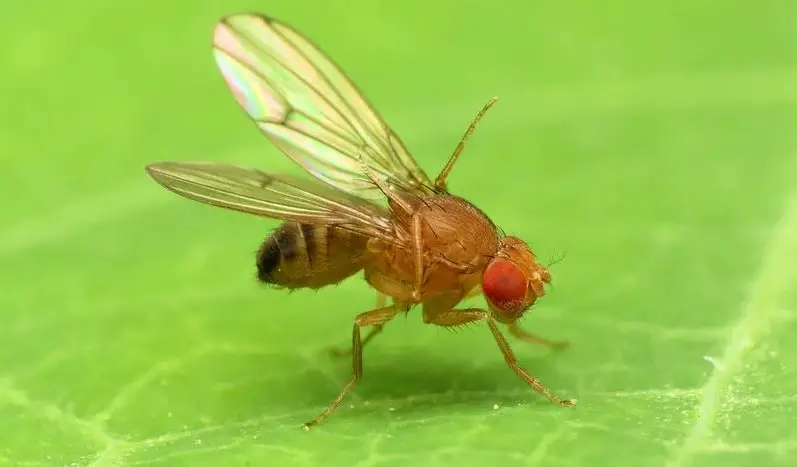
Fruit flies, measuring 1/8 inches, are identifiable by their tan or light color. They breed outdoors on fruit and are attracted indoors by decaying foods. Their presence in bathrooms poses a risk of disease transmission. To eliminate them, dispose of uncovered fruits, install window screens, and remove rotting food sources both indoors and outdoors.
Cockroaches
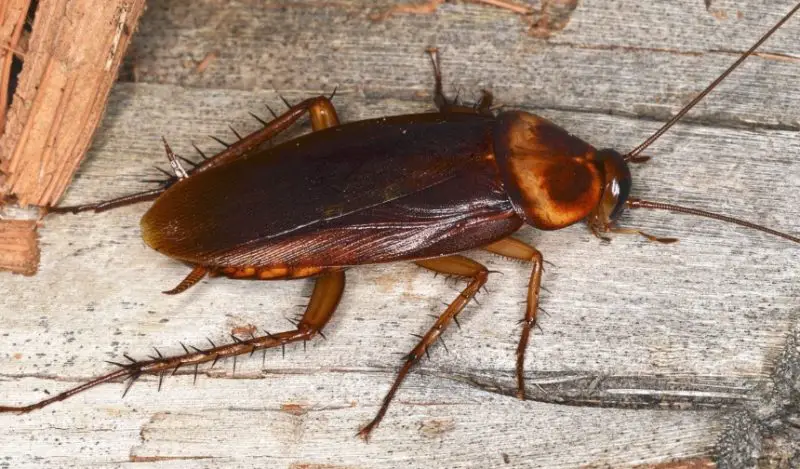
Cockroaches are common household pests, particularly in bathrooms due to the warmth and humidity. Among them, German cockroaches are prevalent, attracted to kitchens and bathrooms for food and shelter. Measuring about 0.5 inches, these oval-shaped bugs leave black droppings. To deter them, eliminate food sources and seal entry points, ensuring a clean environment.
Springtails
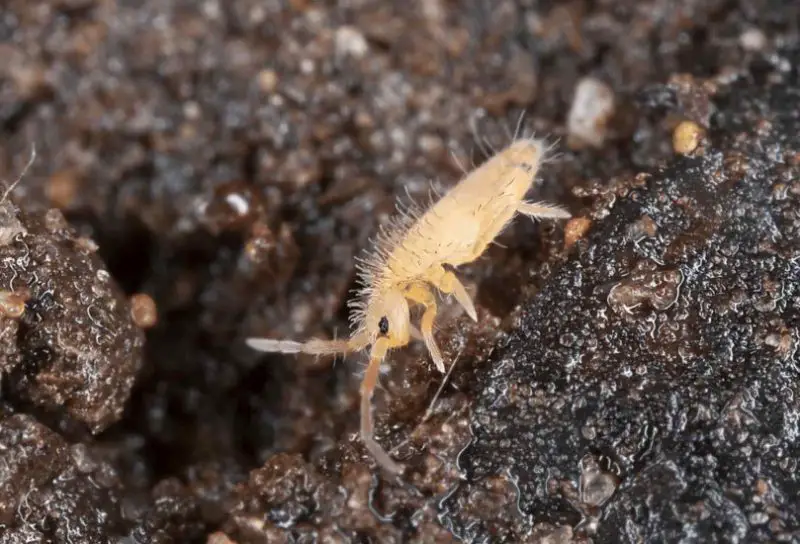
Springtails, tiny bathroom pests barely visible at 1/16″, distinguish themselves with their jumping ability. With six legs, long antennae, and varied coloring, they thrive in high humidity. Typically found under decaying logs outdoors, they may seek bathrooms indoors for moisture. Although harmless, reducing humidity through ventilation and fixing leaks helps keep them at bay.
Ants
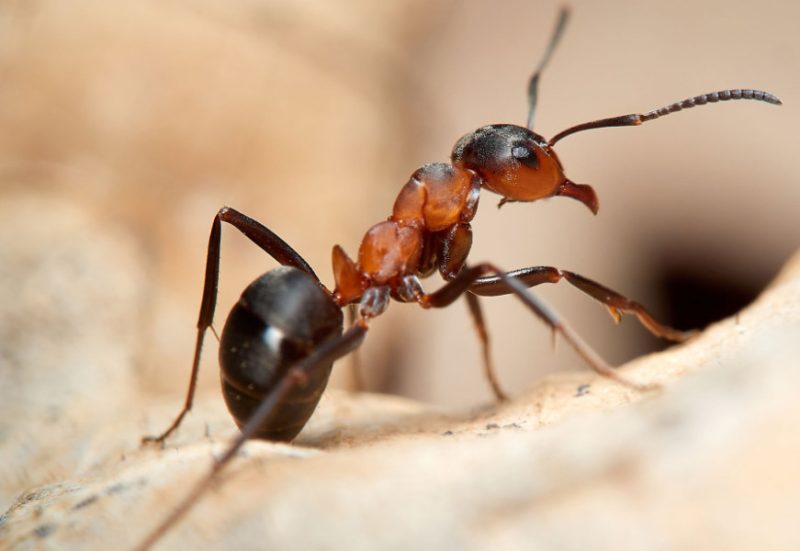
Ants pose significant challenges in bathrooms, often indicating satellite nests with the main colony outdoors. Carpenter ants, attracted by high humidity and moist wood, are commonly found indoors. They infest and damage moist wood, but pose no threat to dry structures. Regular inspection for moisture damage, sealing entry points, and addressing water leaks help prevent infestations.
Booklice
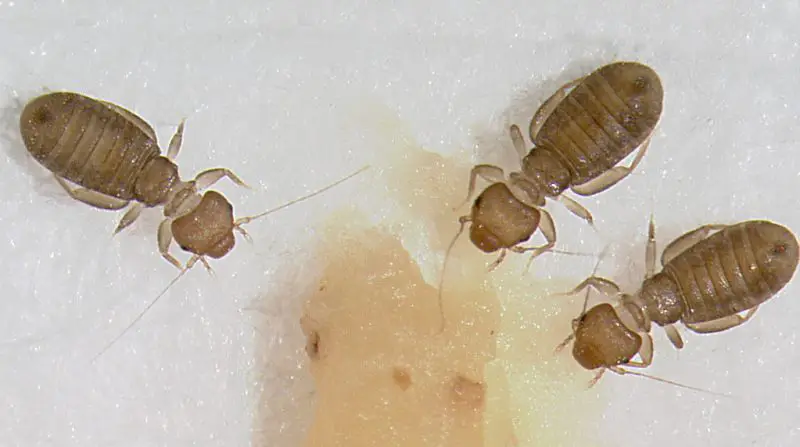
Booklice, minute pests measuring only 1mm, thrive in humid bathrooms, attracted by mold, their sole food source. With tan or light brown coloring, they’re visible on white walls. Combatting them involves improving ventilation, reducing humidity, and fixing leaks to deter mold growth. They can infest both old and newly-built homes with poor bathroom ventilation.
Earwigs
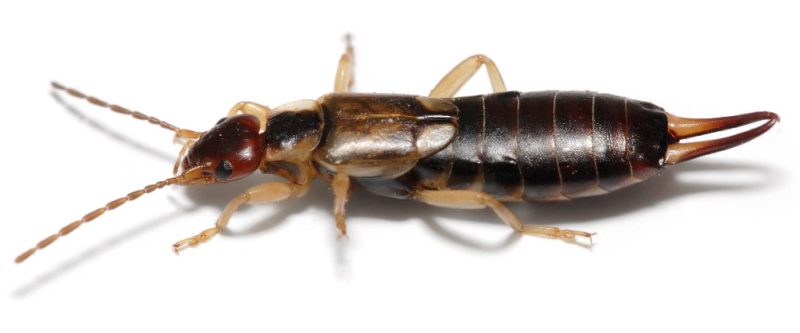
Earwigs, ranging in color from red to black, are identified by their 1-inch bodies, 6 legs, and long antennae. Typically outdoor dwellers, they invade bathrooms during inclement weather or food scarcity. Their small size facilitates entry through cracks and openings. Seal cracks to prevent entry, particularly deterring females seeking shelter to lay eggs, displaying maternal instincts even indoors.
Silverfish
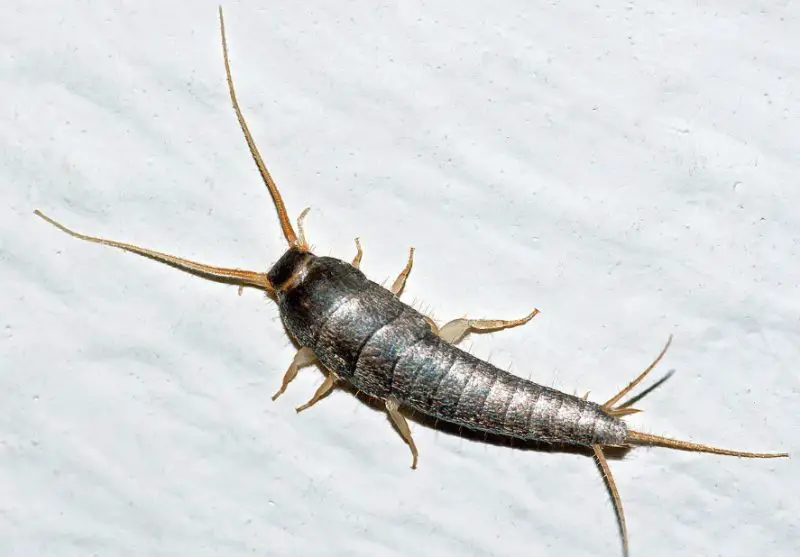
Silverfish, though harmless to humans, are common bathroom pests thriving in high humidity. Identified by their carrot-shaped bodies, they feed on cellulose-rich materials like paper and wallpaper. To deter them, reduce humidity levels, seal entry points, and eliminate food sources. They’re known to infest both residential and commercial spaces, seeking shelter in bathrooms and preferring to avoid human contact.
Centipedes
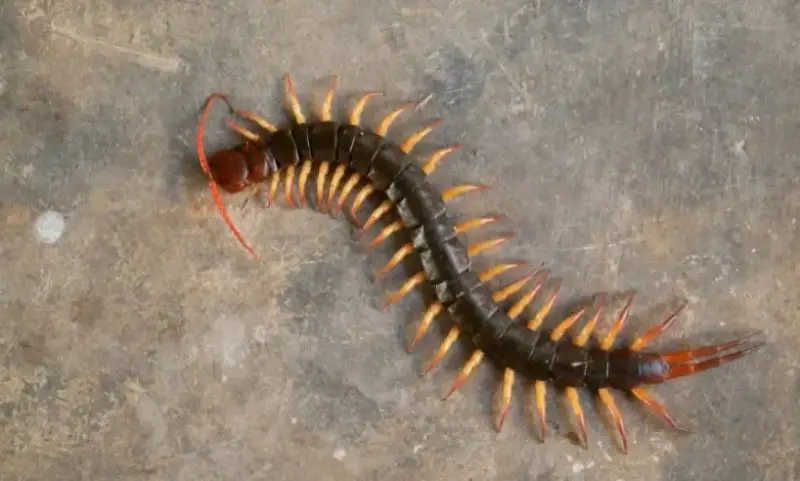
Centipedes, recognized by their lengthy bodies and numerous legs, invade homes attracted by moisture and abundant food sources. Predatory in nature, they prey on insects and spiders, guided by their sense of smell due to poor vision. To deter them, maintain cleanliness, fix leaks, and reduce humidity levels indoors, including minimizing moisture sources in the surrounding environment.
Horseflies
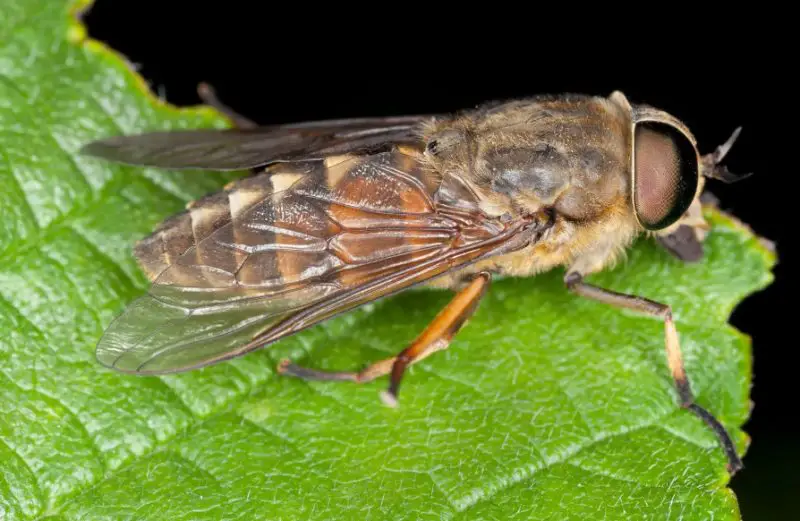
Horseflies, larger than drain flies, measure up to 30mm and are known for biting, potentially spreading diseases. Found near water bodies, they’re attracted to homes nearby. To deter them, install window screens and hang bright-colored clothes, as they dislike them. Preparation before summer near water or woodland areas helps keep these pests out of homes.
Mosquitoes
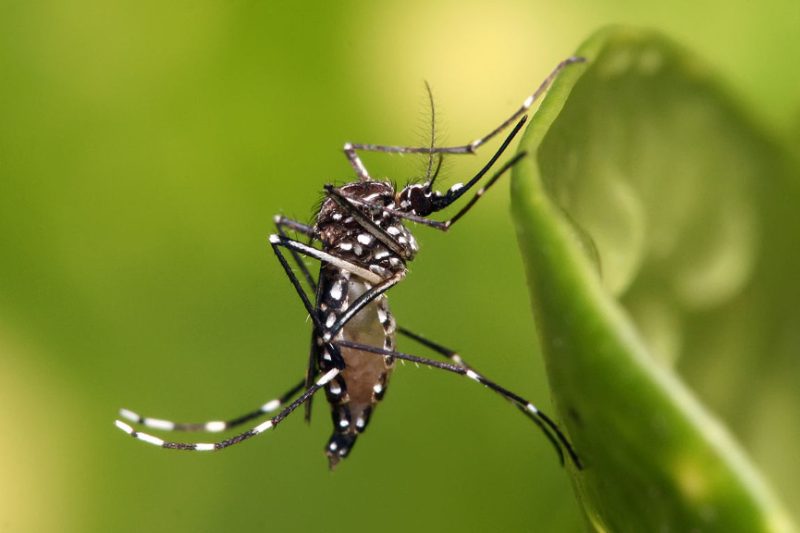
Mosquitoes breed in stagnant water indoors and outdoors, posing significant health risks due to disease transmission. With gray bodies, they’re difficult to spot but leave visible bite marks. Attracted to humidity and standing water in bathrooms, they lay eggs in stagnant water bodies like pools and birdbaths. To prevent infestation, maintain cleanliness, use window screens, reduce humidity, and incorporate mosquito-repelling plants like lavender.
Black Worms
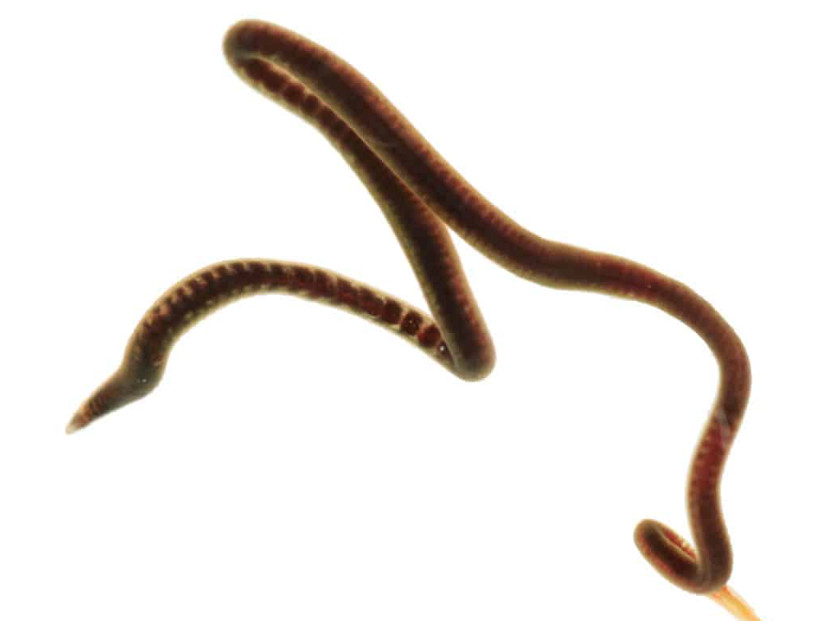
Black worms thrive in stagnant freshwater, multiplying rapidly and carrying diseases. They often attract other pests. Floods can carry them into homes, particularly humid areas like bathrooms. Serious water leaks, often from outdoor areas or sewers, can also foster their growth and multiplication indoors.
Spiders

Spiders, preferring dark and humid environments, often inhabit bathrooms to prey on other pests. Cellar spiders and common house spiders are common sightings. Web-weaving spiders catch mosquitoes, while predatory spiders like jumping spiders chase various pests. Regular cleaning, vacuuming, and reducing moisture levels deter them. Eliminating food sources also discourages their presence, as they rely on prey for sustenance.
Slugs
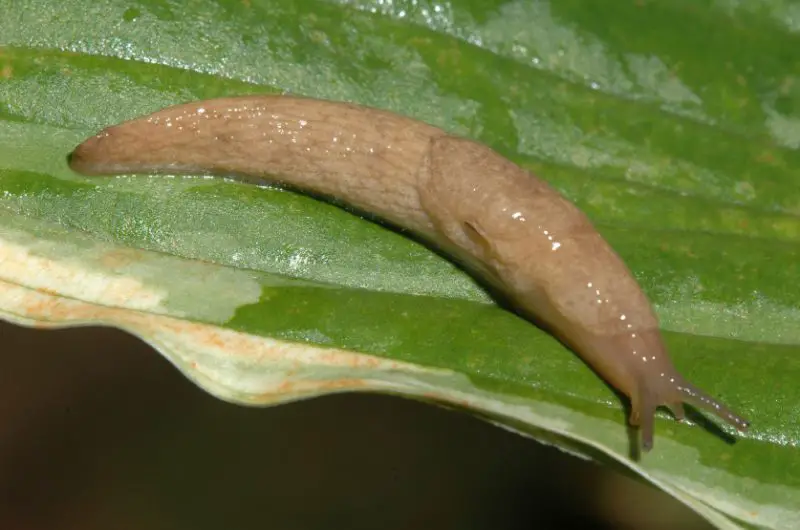
Slugs are drawn to bathrooms for humidity and shelter. The high moisture levels and puddling water around showers create an ideal environment for them. Feeding on insects and organic matter, they thrive indoors. Eliminating slugs involves sealing cracks and openings to prevent their entry into bathrooms.
Bed Bugs
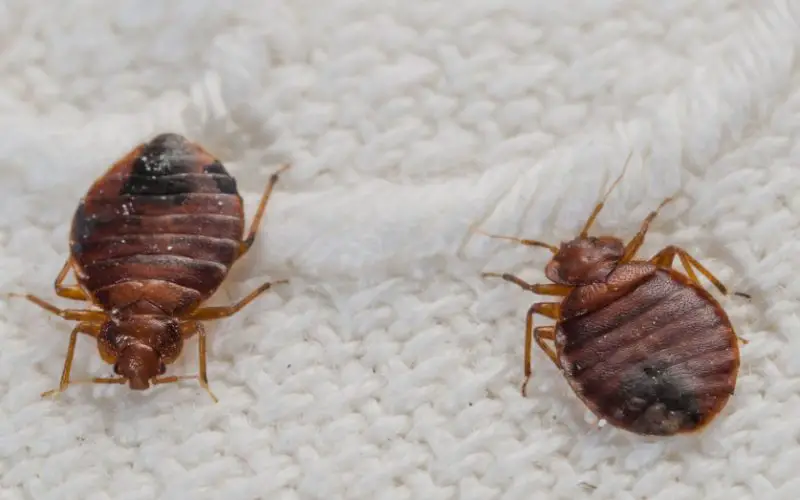
Bed bugs infest bathrooms when prevalent in the rest of the house. Feeding on human blood, they must be eradicated from the entire home. Washing towels and linens at high temperatures kills them. Clothes, pillows, and stuffed animals should follow. Mattresses should be thoroughly brushed, and professional extermination is often necessary for complete elimination.
Parasitic Wasps
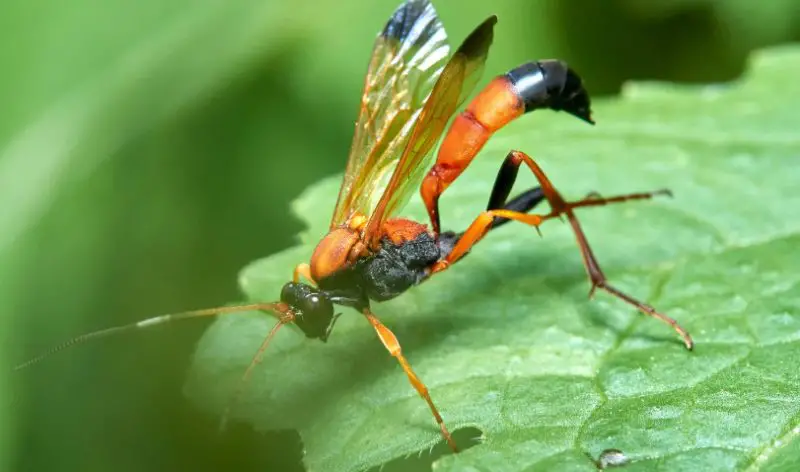
Parasitic wasps infrequently appear in bathrooms, usually accompanying cockroach presence. The Jewel wasp, identified by its metallic green body, enslaves cockroaches by injecting venom and laying eggs on them for larval sustenance. Eliminating these wasps necessitates eradicating cockroaches and other potential hosts in the bathroom.
Masked Hunters
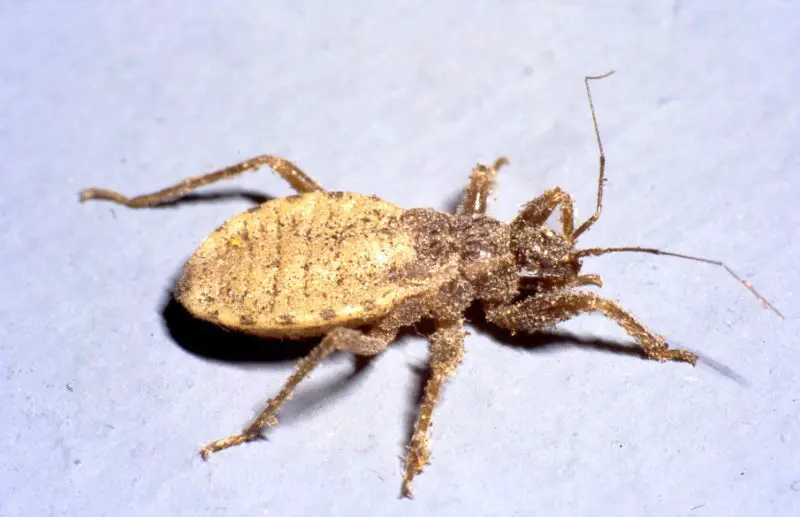
Masked hunters, with black bodies resembling dust, are common in woodland homes. While they don’t damage homes, they seek prey like lacewings and earwigs in bathrooms. Eliminating them involves eradicating other bathroom pests.
Camel Spiders
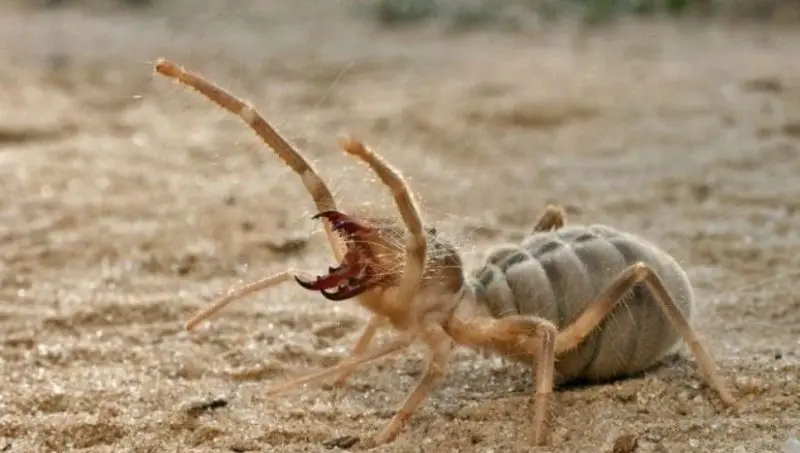
Camel spiders, seeking shelter in bathrooms, feed on carpets, paper, cardboard, and insects. They reproduce during the summer, preferring dark, humid environments like bathrooms for egg-laying. Identified by their light brown or brown bodies, they can grow up to 30mm. Typically found in damp areas, they congregate in high numbers. To deter them, improve ventilation, and maintain cleanliness indoors and outdoors.
Carpet Beetles
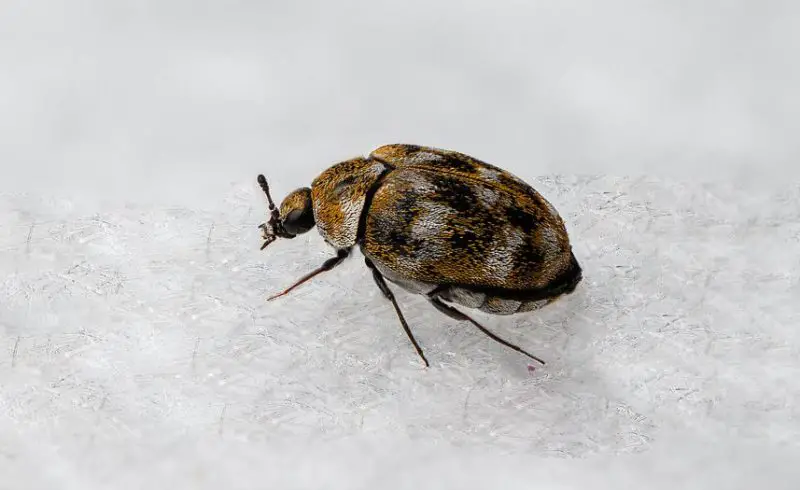
Carpet beetles, small round bugs measuring about 1/16 inches, are known for devouring carpets and other textiles. They’re attracted to bathrooms due to dead insects and natural fibers. To prevent infestation, dry clean towels before storage, and store them in sealed containers. Regular vacuuming and cleaning help deter carpet beetles from thriving in bathrooms.
Drugstore Beetles
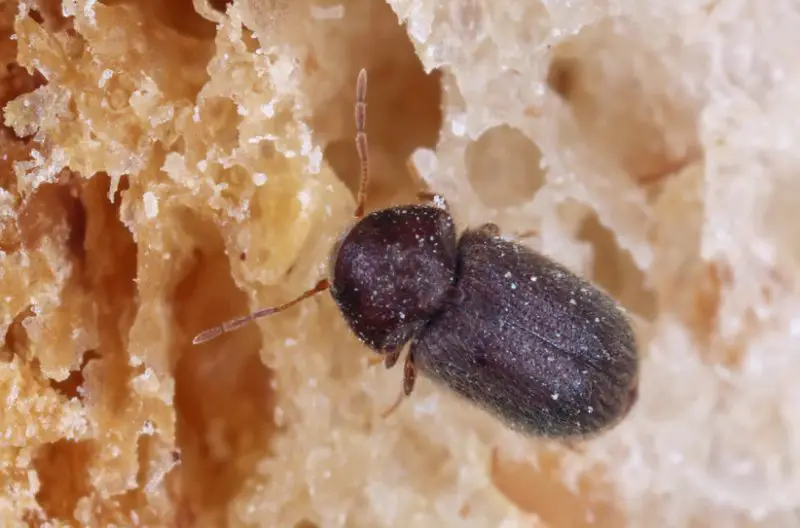
Drugstore beetles, small brown insects reaching 3mm, typically infest kitchens but can migrate to bathrooms. Attracted to food, they target flour and cereal. Storing food in sealed plastic containers prevents infestation. In severe cases, insecticide application is recommended if other methods fail to control them.
Flour Beetles
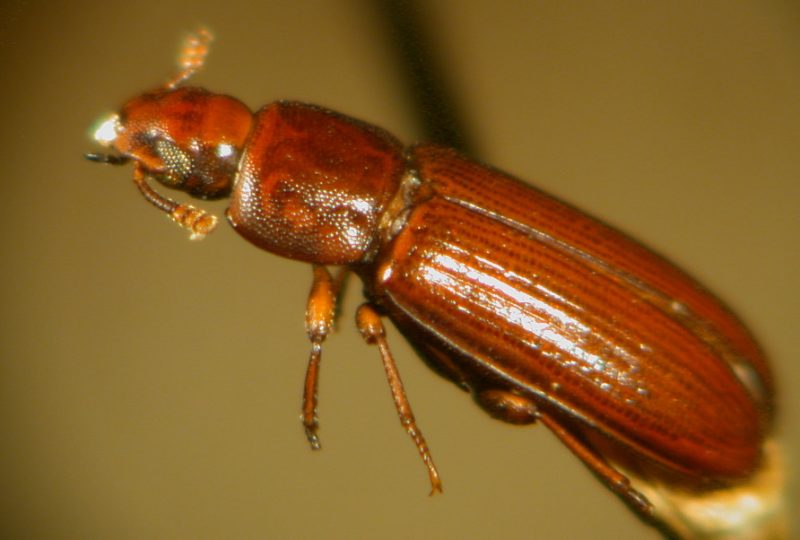
Flour beetles, with red or brown coloring and measuring 3/186 inches, thrive in stored dry foods like flour. While not typically found in bathrooms, they can migrate between rooms in search of food. Control involves consuming stored food within four months and thorough cleaning to prevent egg hatching. Discarding infested and non-infested foods is crucial for eradication.
Scorpions
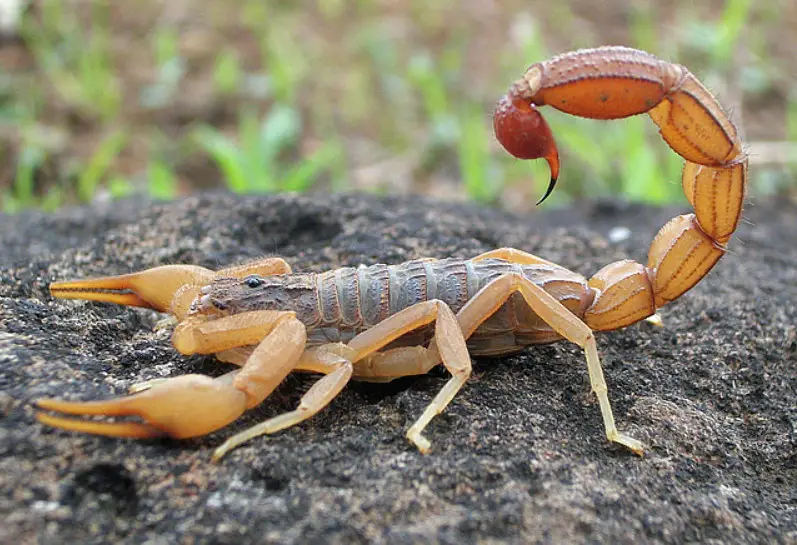
Scorpions can infiltrate bathrooms through plumbing, utilizing drains and pipes. They’re drawn to high humidity and prey on insects like spiders and arachnids. To prevent their entry, seal plumbing entry points and eliminate other pests in the bathroom. Proper sealing around plumbing and a pest-free environment deter scorpions from seeking shelter indoors.
Pseudoscorpions
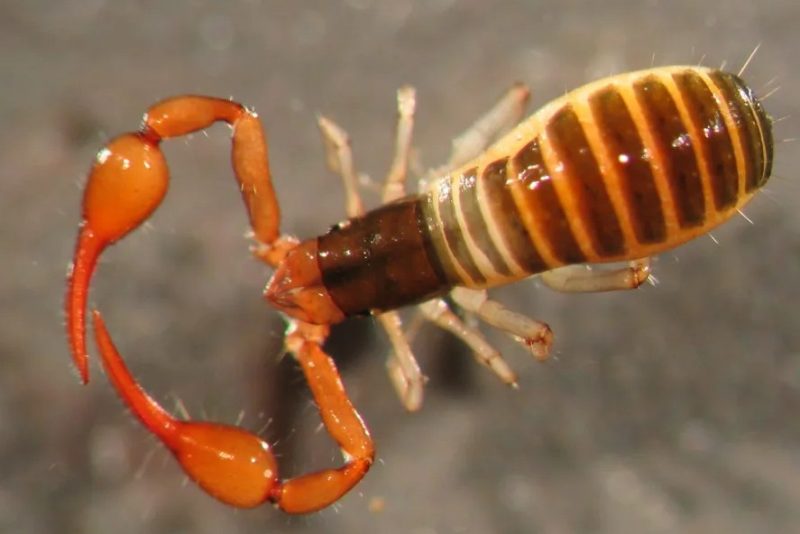
Pseudoscorpions, resembling scorpions but categorized as spiders, invade homes and bathrooms. With a teardrop shape and pincer-like forelegs, they reach about 1/5 inches. Feeding on insects like silverfish, they’re drawn to bathrooms with abundant prey. While not harmful to humans, they use venom to paralyze their insect prey, making pest elimination crucial for deterring them from bathrooms.
Ticks
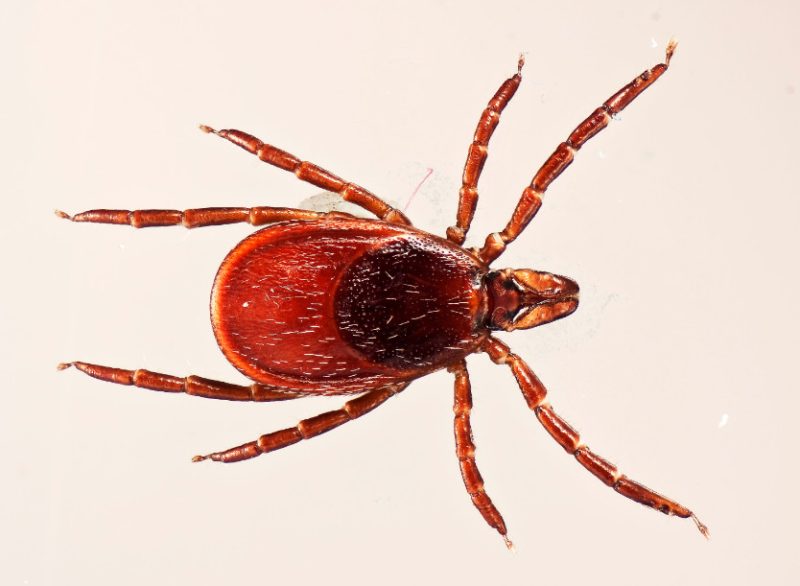
Ticks, problematic arachnids, infiltrate bathrooms via clothes or pests. Their bites transmit diseases like Lyme disease. Blacklegged, American Dog, and Brown Dog ticks are common species. Measuring up to half an inch, they’re active throughout the day, biting both humans and animals. Prevention involves brushing off clothes outdoors after gardening and frequent bathroom vacuuming to eliminate ticks.
Mites
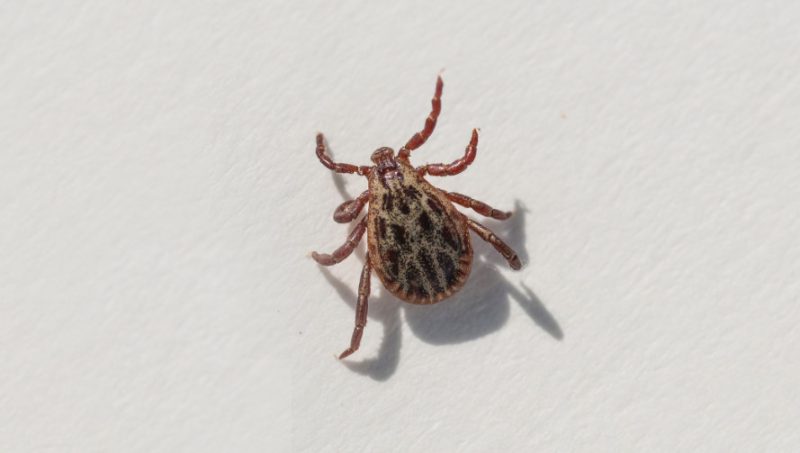
Mites, small arachnids related to ticks, commonly infest bathrooms. Growing to under 1mm, they transmit diseases like encephalitis. Species like chicken mites and house dust mites are prevalent. Professional intervention may be needed for chicken mite infestations, while house dust mites can be managed with preventive measures like frequent vacuuming and reducing humidity levels in bathrooms. Attics can also harbor mites, which can migrate to bathrooms.
Weevils
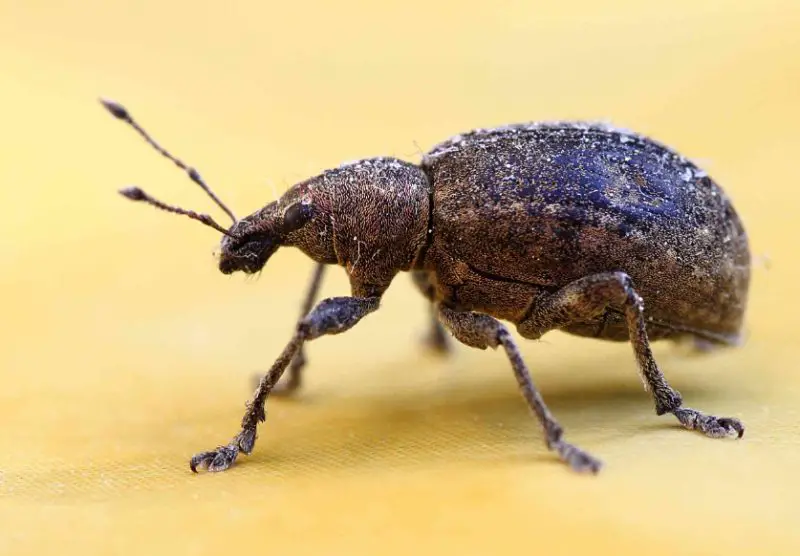
Weevils, small oval-shaped bugs, inadvertently enter bathrooms seeking food like flour and cereals. They may also prey on insects like silverfish. Elimination involves clearing infested kitchen and pantry areas, discarding affected foods, and storing items in sealed containers. Hand removal and insecticide application may be necessary for severe infestations throughout the house, not just in bathrooms.

